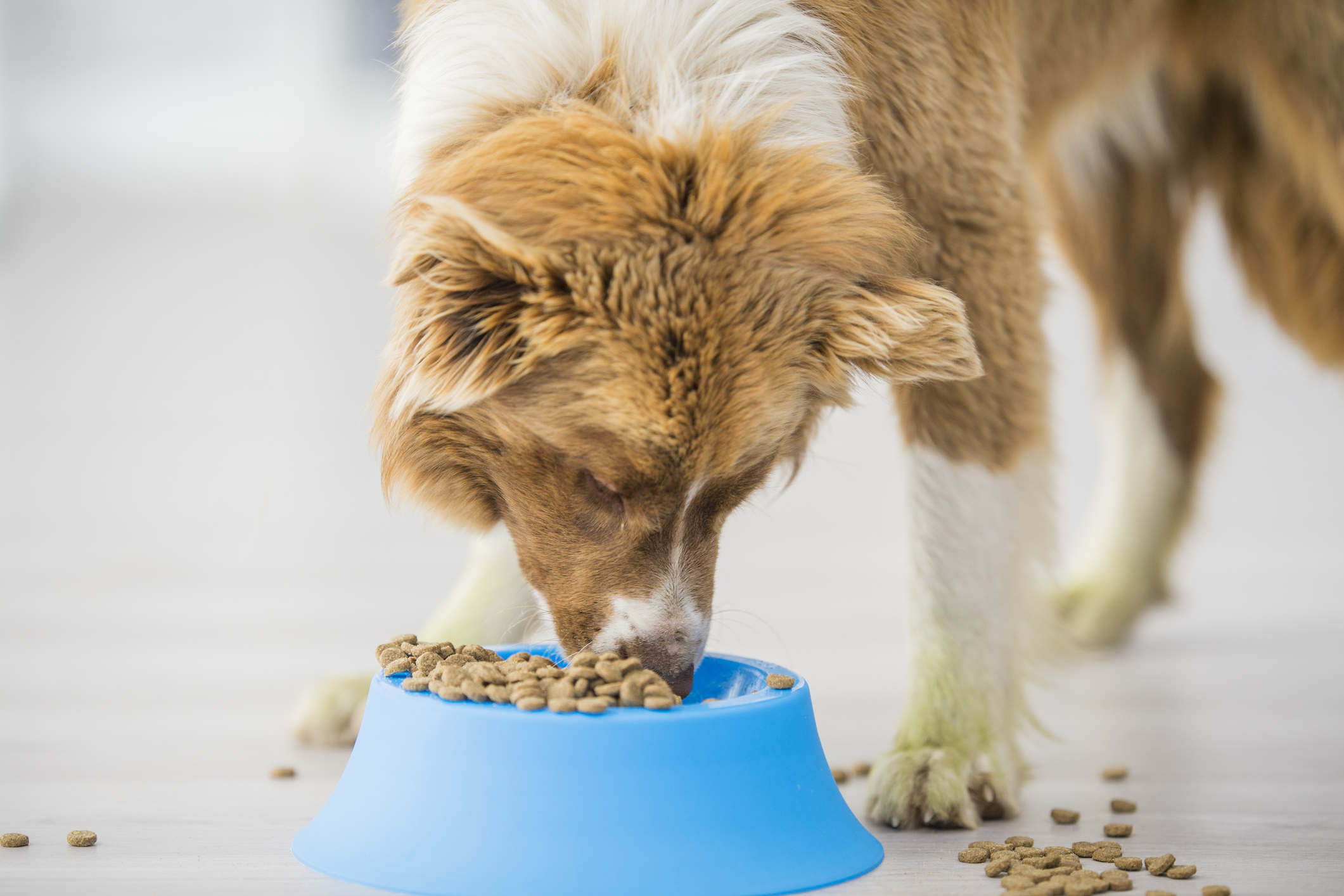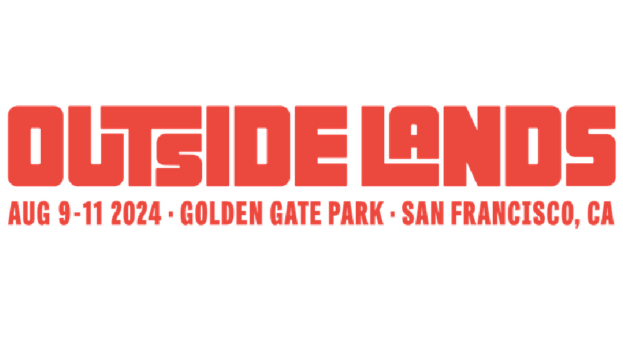6 Things To Remember When Buying Food For Your Pet
By Hope Bidegainberry on June 23, 2020

A purebred border collie is indoors eating food from his dog bowl. In this frame he is looking down at his meal while eating his dinner pieces of dog food spill over the edge onto the floor.
There are endless options of food in the pet aisle. There’s food for a growing pup, to supporting her joint health, and even wondering how much to feed your pet.
Here’s a list below of what you should think when buying your pet’s food:
- Expensive doesn’t necessarily mean “better”.
- Choosing the priciest food doesn’t necessarily mean higher quality product. Ask your vet for recommendations and than doing research. Blue Buffalo’s product recommender can help a pet parent narrow down the best product.
- Be mindful of your pet’s life stages.
- The adult diet obviously looks a bit different than a pup’s diet. There a key life stages to consider: puppy, adult, and senior.
- Weigh the pros and cons of wet and dry food.
- There is always the question whether to feed your pet dry food or wet food or both. You usually feed a pet more wet food in a serving than dry food. Wet food could help your pet that is feeling under the weather…but again do research on what you think is best.
- Read the find print.
- The front label on a package of dog or cat food doesn’t always tell the whole story. Check the ingredient list on the back.
- Keep a diary to track their eating habits.
- Eventually, you’ll know your new pet’s habits inside and out, but when you first bring them home, a food journal is the easiest way to keep track of when and how much they eat.
- Switch to new foods gradually.
- It’s not only when bringing a new pet home that you may find yourself reassessing the pet food aisle. If your dog or cat is gaining more weight, or their fur is looking dull, that may be a sign. It’s recommended to make a gradual shift over 10 to 14 days following the guidelines.








